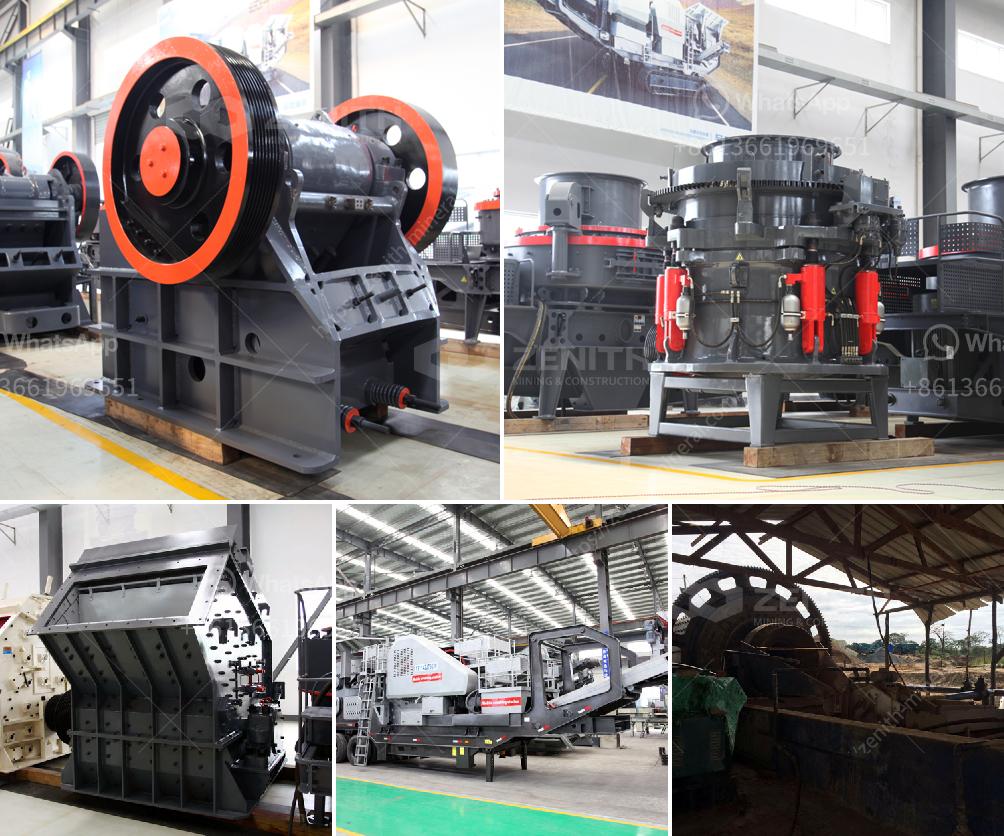Determining the capacity of an impact crusher involves several factors and calculations. Here are the key steps to help you estimate the capacity:
Material Characteristics: Understand the properties of the material you are processing, including the hardness, abrasiveness, density, and moisture content. These factors greatly influence crusher efficiency.
Feed Size and Output Size: Measure the size of the raw materials entering the crusher and determine the desired output size. The gap setting and the size reduction ratio will affect the capacity.
Crusher Design and Specifications: Review the technical specifications provided by the crusher manufacturer, which typically include details such as rotor size, speed, power input, and chamber design. These specs give a baseline for expected performance.
Feed Rate: Calculate the feeding rate of the materials into the crusher. This can be measured in tons per hour. The constant or variable nature of the feed rate will also impact capacity.
Operational Parameters: Consider operational variables, including rotor speed, rotor diameter, and the number of hammers or blow bars. Adjusting these parameters can enhance the efficiency and capacity of the impact crusher.
Calculation Formula: The capacity (Q) of an impact crusher can be broadly estimated using the formula:
\[ Q = T x V x S x E \]
Where:
Empirical Data: Sometimes, empirically obtained data specific to the crusher model and material type can provide a more accurate capacity estimate.
Remember, achieving the optimal capacity often involves fine-tuning these variables and potentially conducting trial runs to find the right balance. Consulting with the crusher manufacturer or a professional engineer can also provide insights tailored to your specific needs.
